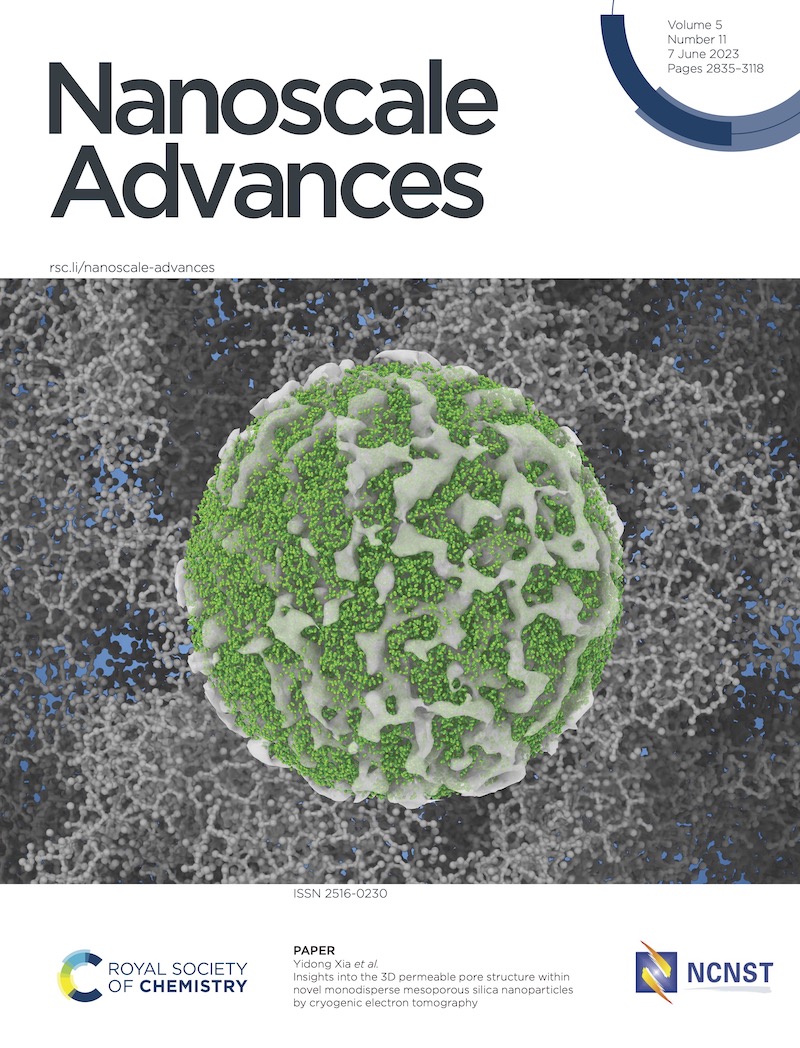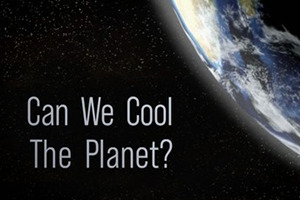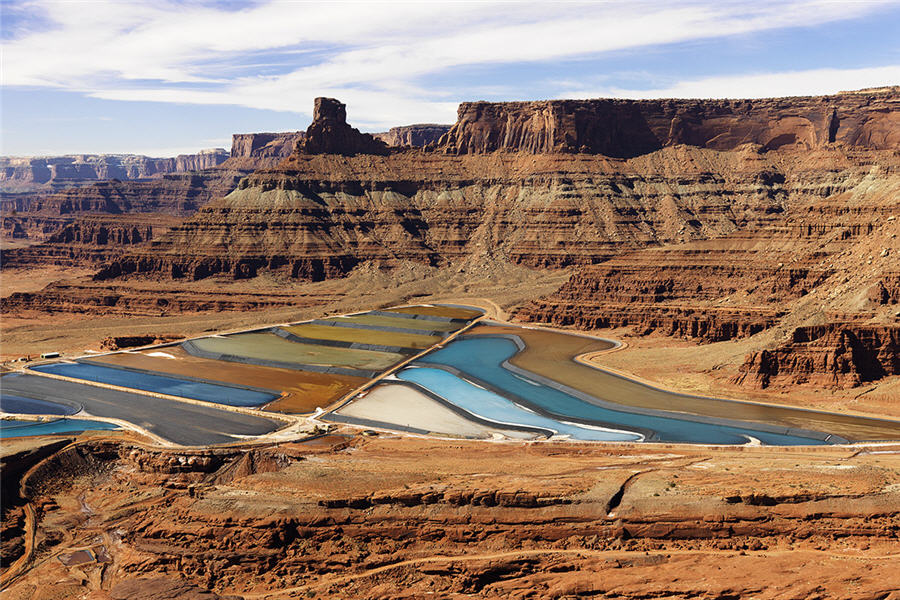Nanoscale Advances is featuring work on their cover, highlighting an article and work by Yidong Xia, Rahul Kancharla, Ahmed Hamed, and Joshua J. Kane, Idaho National Laboratory; Jianfang Liu and Gang Ren, Lawrence Berkeley National Laboratory; Jiaoyan Li and Seyed M. Hatamlee, University of Buffalo; and Viktoriya Semeykina, University of Utah:
Safety First!
We encourage all MUSE research groups to have monthly lab walkthroughs, create and update Standard Operating Procedures (SOPs), and generally promote a culture of safety couscious scientists and researchers. Link here to the Safety page for the University of Utah's College of Mines and Earth Sciences, where you can find forms for lab walkthroughs, as well as other helpful info on safety.
Multi-scale Fluid-Solid Interactions in Architected and Natural Materials (MUSE) is an Energy Frontier Research Center (EFRC) funded by the US Dept. of Energy's Office of Basic Energy Sciences
Our Mission
 The mission of MUSE is to develop a new fundamental understanding and models of the
transport and interfacial properties of fluids confined by porous media by integrating
multi-scale experimental and theoretical methods including state-of-the-art microscopy
imaging, and validated multi-scale, physics-based modeling of hierarchical and natural
nanostructured materials of varying levels of physical and chemical heterogeneities.
The mission of MUSE is to develop a new fundamental understanding and models of the
transport and interfacial properties of fluids confined by porous media by integrating
multi-scale experimental and theoretical methods including state-of-the-art microscopy
imaging, and validated multi-scale, physics-based modeling of hierarchical and natural
nanostructured materials of varying levels of physical and chemical heterogeneities.
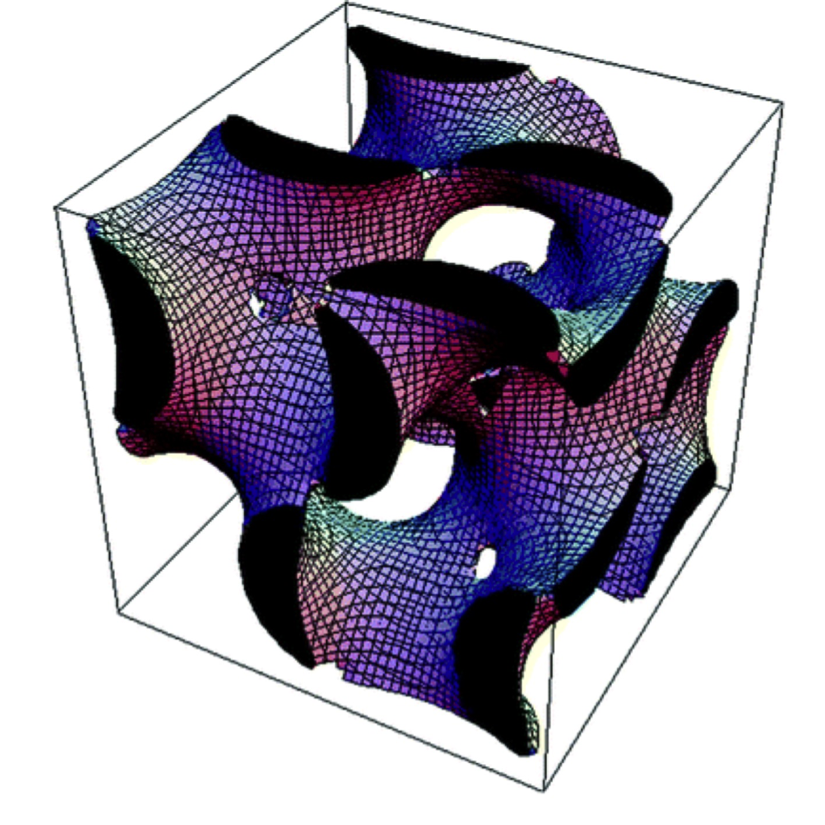
GeoMaterials
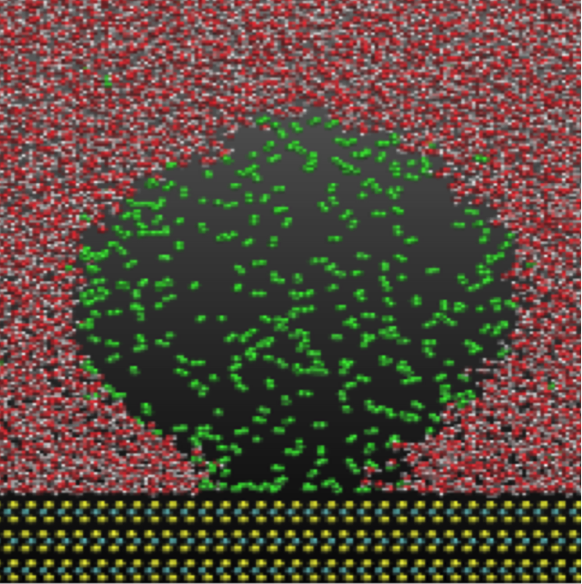
Properties
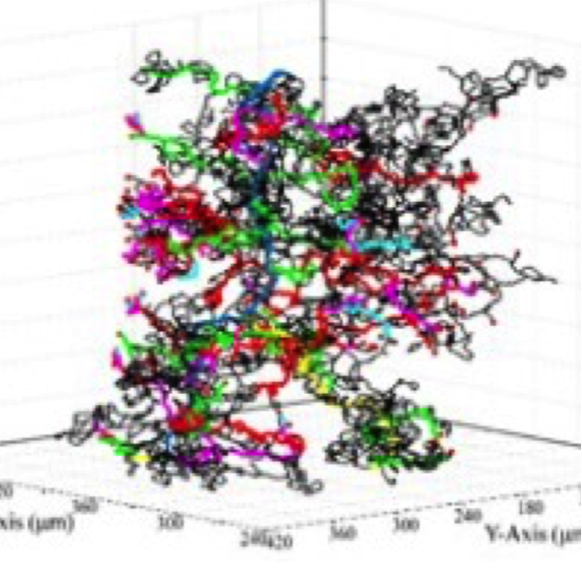
Dynamic Characterization
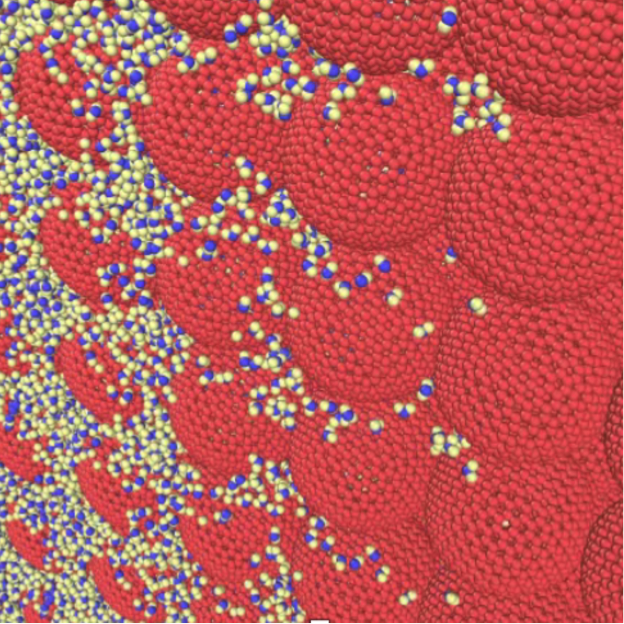
Multiscale Modeling
Molecular Simulations
Hexane on Quartz
A submicroscopic hexane droplet interacts with a quartz substrate through a molecular modeling simulation. These types of simulations are helping scientists at EFRC-MUSE to understand the interactions between liquids and solids in extremely confined spaces. (curtesy of Prof. Jan Miller and Dr. Jiaqi Jin of the University of Utah)
Does water aid in the sintering of clay?
Two thin layers of kaolinite (clay) are sintered at 1273 K in the presence of a small amount of water. (courtesty of Prof. Adri van Duin and Murali Muraleedharan of Penn State University)
EFRC-MUSE Partners
 |
 |
 |
 |
 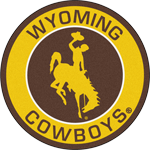 |
 |
 |
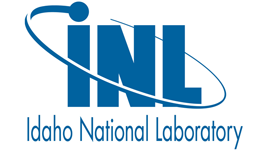 |
Our team includes the DOE's Basic Energy Sciences Program, the University at Buffalo, The Pennsylvania State University, the University of California - Davis, the University of Utah, the University of Wyoming, the University of Wisconsin - Madison, Cornell University and the Idaho National Laboratory.

